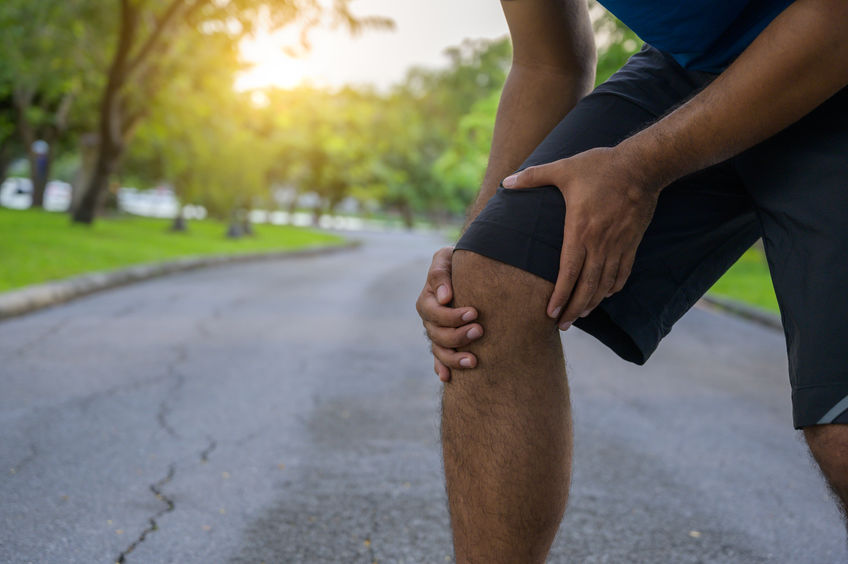Preparing For Orthopedic Surgery
Sometimes, a damaged muscle, bone, or ligament requires orthopedic surgery. Surgery aims to repair, replace, or secure the body part to encourage healing and reduce pain. Orthopedic procedures range from minimally invasive to complex surgeries. However, surgery is as successful as the steps the patient takes before and after. Following the proper steps can make recovery less painful, faster, and more tolerable.
All about recovery
The recovery period depends on the severity of the injury, the injury location, and the patient’s overall health. The surgeon’s capabilities also play a role. On average, an orthopedic surgery can take 12 weeks to heal from. After that, an extensive rehabilitation program is necessary to return to normal activities. Some procedures, like carpal tunnel release, can take a few weeks. For advanced procedures like anterior cruciate ligament (ACL) repairs or Tommy John surgery (TJS), recovery can take over 1 year.
Getting ready for surgery
While most patients think recovery starts after the procedure, the process should begin well before surgery. Patients should start to prepare by quitting smoking, alcohol, and drug use. Studies show these behaviors can delay healing and increase surgical complications. The surgeon will also recommend stopping certain medications and supplements to prevent blood clotting. Ask a doctor or pharmacist if any prescriptions will affect the outcome of surgery.
Start with exercise
Some people have minimally invasive surgery as part of a rapid recovery protocol. The rapid recovery encourages patients to start physical exercises and therapy before the surgery. A physical therapist will provide the necessary activities to try in the clinic and at home. This extra step strengthens the surrounding muscles ahead of time and improves the outcome of the surgery.
Prepare your surroundings
A recovery-ready home is an overlooked part of the process. Some patients will need to make changes around the house for easier access. For example, a knee injury won’t benefit from climbing stairs. Try to have an area to sleep, eat, and use the restroom on one level. Place food and other supplies at an accessible location. Where possible, have someone help with cooking, cleaning, and laundry.
Following surgeon instructions
After surgery, the patient will receive specific instructions from the surgeon. The first 2 weeks are critical, and the patient must focus on reducing pain and minimizing infection. If the doctor recommends pain medication, take as directed. The medical team will give added instructions on taking care of incisions, changing bandages, and looking for signs of infection. Additionally, surgeons may recommend the RICE protocol, which consists of rest, icing, compression, and elevation of the injury.
Don’t skimp on physiotherapy
Approximately 2-3 weeks after orthopedic surgery, the stitches are removed. The next step is physiotherapy, which encourages regular exercises to gradually improve strength and range of motion. This is an essential part of the process, but can be stressful. Follow the physical therapist’s guidance for in-person and at-home exercises. Let the therapist know of any pain or difficulties performing the action to receive modified routines.
Focus on diet and sleep
A proper diet and rest are cornerstones of surgical recovery. The right diet can provide antioxidants, vitamins, and minerals for faster healing. A diet with less processed food also reduces inflammation. Studies also show a lack of sleep can increase healing times. Try to find a comfortable sleeping position based on the injury treated.
Recovery starts with you
The recovery period plays a vital role for orthopedic patients. Before surgery, take the time to prepare the surroundings for accessibility. Specific exercises in the weeks before surgery can be beneficial. During recovery, see a physiotherapist for guidance on exercises that can help rehabilitate the treated area. With the proper habits, recovery can go smoothly.



